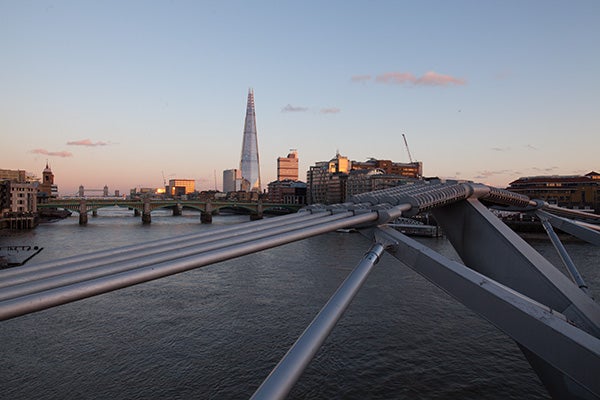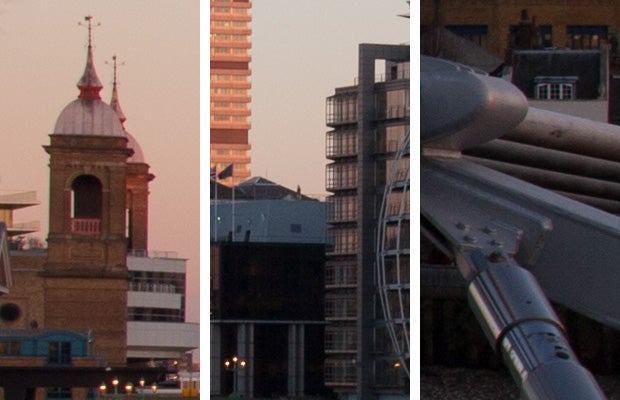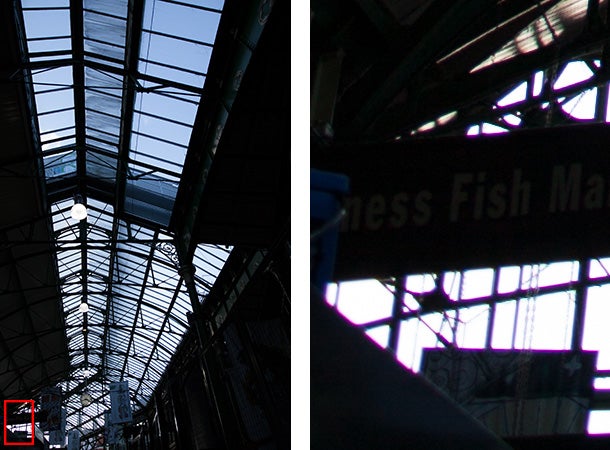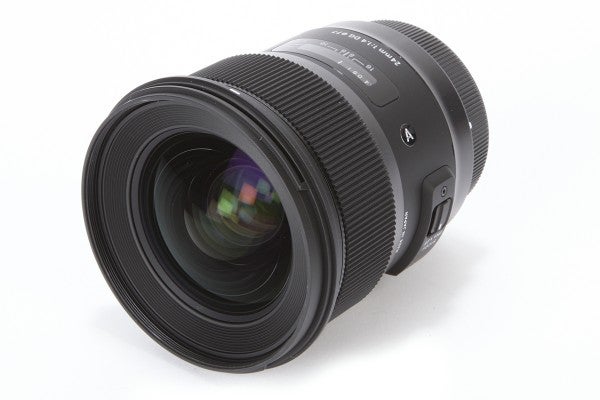Andy Westlake investigates the latest addition to Sigma’s ‘Art’ line of high-quality fast primes
Sigma 24mm f/1.4 DG HSM | A review
Sigma 24mm f/1.4 DG HSM | A review – Image quality

The Sigma 24mm f/1.4 is impressively sharp across the frame

These are 100% crops taken from the centre and each edge of the frame. Canon EOS 5D Mark II, f/11, ISO 200
We’ve become used to Sigma’s Art-series f/1.4 prime lenses being spectacular performers, and I’m pleased to be able to say that the 24mm continues in much the same vein. It’s perhaps not as absolutely spectacular as the 50mm in terms of edge and corner sharpness wide open, but this is an extremely high bar. Instead, I’d characterise it as being closer to the 35mm f/1.4 Art lens.
Wide open, it’s noticeably softer in the corners than in the centre, but stop down to f/5.6 or smaller and it becomes extremely sharp right across the frame. Of course, on full frame, for subjects that require corner-to-corner detail such as landscapes or architecture, we’d probably shoot at normal working apertures of around f/8-f/11 anyway. Stop down to f/16 and the image slightly, but visibly, softens due to diffraction, so it makes sense for Sigma to have limited this minimum.

The Sigma 24mm f/1.4 shows very little colour fringing from chromatic aberration. This was shot on the Canon EOS 5D Mark II, with a 100% crop taken from the lower left corner of the frame.
Distortion is exceptionally low, with just a hint of barrel-type bending of straight lines towards the edges of the frame. There’s barely any lateral chromatic aberration either: you might see a hint of red/cyan fringing towards the corners if you go looking for it, but it’s unlikely to be a problem in real-world use, and is trivial to fix in post-processing anyway.
Fast lenses for full frame almost always give obvious vignetting when shot at maximum aperture, and the 24mm is no exception. But while some see vignetting as a defect, in the AP office we’re not usually bothered by it at all, and indeed find that it often adds to an image aesthetically. Again, if it bothers you, it’s trivial to fix in software these days.
Wideangle lenses may not be the first choice on your mind for shallow-depth-of-field work, but shoot close-up at f/1.4 and the 24mm can give some lovely blurred backgrounds. The caveat, of course, is that you have to shoot close to the minimum focus distance to see much background blur; if the subject is just 2m away, the background will still look relatively sharp. Its rendition of out-of-focus backgrounds is very attractive too; indeed, to me, it’s an improvement over the older 35mm, which could be a little fussy in this respect.

The Sigma 24mm can give attractively blurred backgrounds when used at large apertures close to its minimum focus distance.

This crop from the background is relatively smoothly-blurred compared to other wideangle lenses
Shooting directly into the sun on a bright day, the lens shows impressive control of flare, with only a slight loss of contrast in the immediate vicinity of the light source. At the other end of the light-level scale, anyone interested in shooting star fields or cityscapes at night will be pleased to hear that coma is very low indeed, meaning that point light sources in the corner of the frame don’t distort excessively in shape, even when shooting wide open. The example below shows this, shooting an LED flashlight placed in the top left corner of the frame, and taking 100% crops from files shot using the Canon EOS 5D. There’s a little coma at f/1.4, but it’s more-or-less gone at f/2.8.






